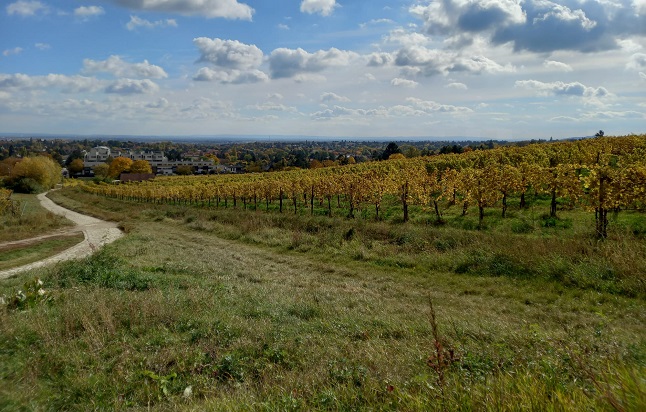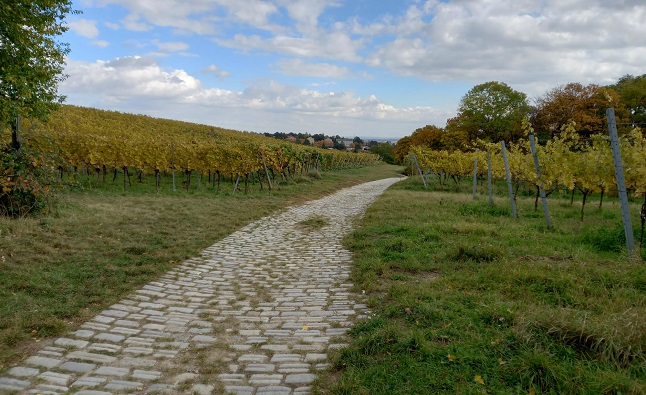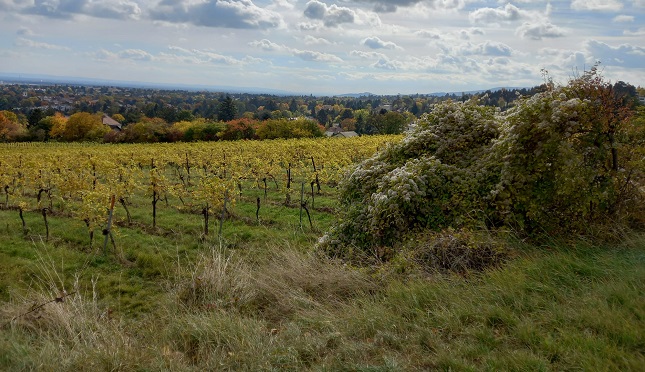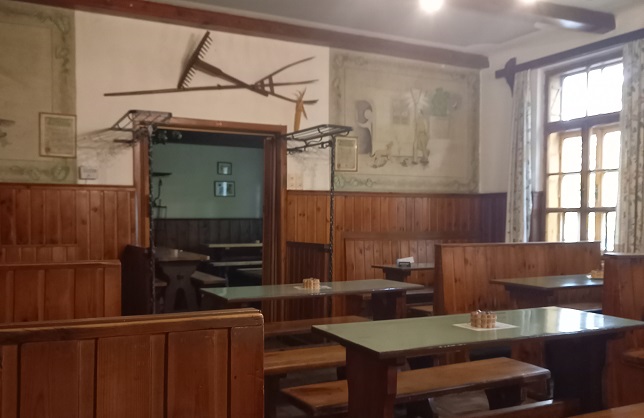Switzerland has relaxed some of its Covid-19 restrictions starting on May 31st, including allowing indoor areas of restaurants to open, and increasing the number of people permitted for private gatherings indoors to 30 and outdoors to 50.
For events with spectators and audiences, 100 people instead of 50 will be permitted indoors, and 300 instead of 100 outdoors. Also, the home working obligation will be lifted for companies that perform regular testing.
READ MORE: EXPLAINED: What Covid measures will Switzerland relax from Monday?
What about the quarantine?
The government has also lifted testing and quarantine requirements for some arrivals.
Among the measures being eased by the government from Monday 31st is the quarantine and testing requirement for vaccinated and immune people.
“People who have recovered from Covid are exempt from contact and travel quarantine for a period of six months,” the Federal Council announced at a press conference on Wednesday.
“Given that people who have been vaccinated cannot transmit the virus to a relevant extent, they too are now exempt from contact and travel quarantine for a period of six months, as well as from the requirement to be tested and provide contact details on arrival in Switzerland,” authorities added.
The six-month time frame for both vaccinations and recovery from coronavirus is a condition because it is currently believed that this is how long immunity to Covid lasts, though some research suggests it might be longer.
Another condition for the waiving of the quarantine and testing requirement is that travellers “have been fully vaccinated with a vaccine approved in Switzerland or by the European Medicines Agency (EMA)”.
“Fully vaccinated” means they received both doses of either Moderna, Pfizer BioNTech or AstraZeneca, or a single dose of the Johnson & Johnson vaccine.
AstraZeneca is not used in Switzerland, but is approved by the EMA. Other vaccines available in some markets, such as Sputnik V and Sinovac, are excluded.
Also, authorities specified that “people under the age of 16 are also exempt from travel quarantine and the requirement to be tested on arrival in Switzerland”.
READ MORE: Switzerland to lift Covid testing and quarantine requirements for some travellers
How do you prove you’ve been vaccinated to be exempted from the quarantine?
To benefit from the quarantine exemption, you have be able to show a proper vaccination certificate — that is, one that has your name and date of birth, dates when both doses were administered, as well as the name and batch number of the vaccine.
It should be issued by an official health authority in charge of vaccinations in a given country. Handwritten notes or other dubious documents will not count as proof.
READ MORE: Reader question: How do I prove in Switzerland that I’ve been vaccinated abroad?
What if you have recovered from coronavirus?
Whether you were hospitalised or recovered from Covid at home, the hospital or your canton’s public health officials (and sometimes your doctor) have a record of your illness.
You can request that they issue an official letter certifying that you had been infected with the virus.
The letter should include the date when you were diagnosed and when your recovery was complete.
Whatever doubts or uncertainties may still persist about this process should be clarified soon, because a number of countries are getting ready to launch — and accept — a digital vaccination pass / immunity card.
As it will be recognised internationally, this document, which will also be issued to people who developed resistance to the virus after contracting and recovering from Covid infection, can be used as proof of vaccination and immunity.
Switzerland is expected to launch this card by the end of June.
Who is still required to quarantine?
The exemption from travel quarantine and testing doesn’t extend to people arriving from countries with virus variants “of significant concern” – even if they have been vaccinated or recovered from Covid.
The regulation currently pertains to travellers from Brazil, Canada, India, South Africa, Nepal, and the UK. This rule is for all arrivals from these areas, including Swiss citizens and permanent residents returning to Switzerland.
However, FOPH’s list of high-risk areas is updated at least every 14 days, so some countries may be removed from it while others are added.
What should you do if you have to quarantine in Switzerland?
You must first notify your cantonal health office of your arrival from an area at risk (one of the six countries listed above).
Then you must remain indoors for 10 days, without going out for any reason or receiving guests. This rule applies regardless of whether you stay in your own home or in a hotel.
You will be allowed to leave quarantine after seven days, but only if you have a negative result, and if authorised to do so by your cantonal health authorities.
Avoiding the quarantine or leaving it early can result in a fine of up to 10,000 francs.
All the rules are explained here.
Under what conditions can you be exempted from the quarantine requirement if coming from one of the six variant areas?
Quarantine requirements will be waved in some cases, according to the Federal Office of Public Health:
- You were a transit passenger only travelling through a country or area with an Increased risk of infection and were there for less than 24 hours.
- You are entering Switzerland as a transit passenger who is only travelling though.
- Your activity in Switzerland is absolutely necessary to maintain the functioning of the healthcare system, public security and order.
Please note that these rules are valid right now. They may change in the future.







 Please whitelist us to continue reading.
Please whitelist us to continue reading.
Member comments